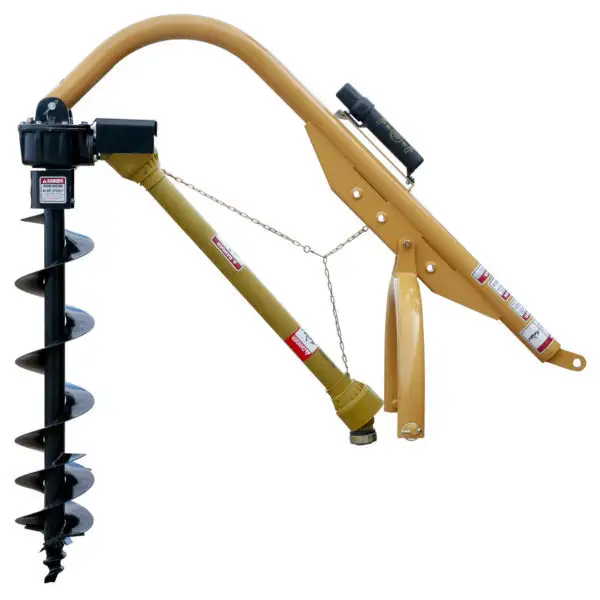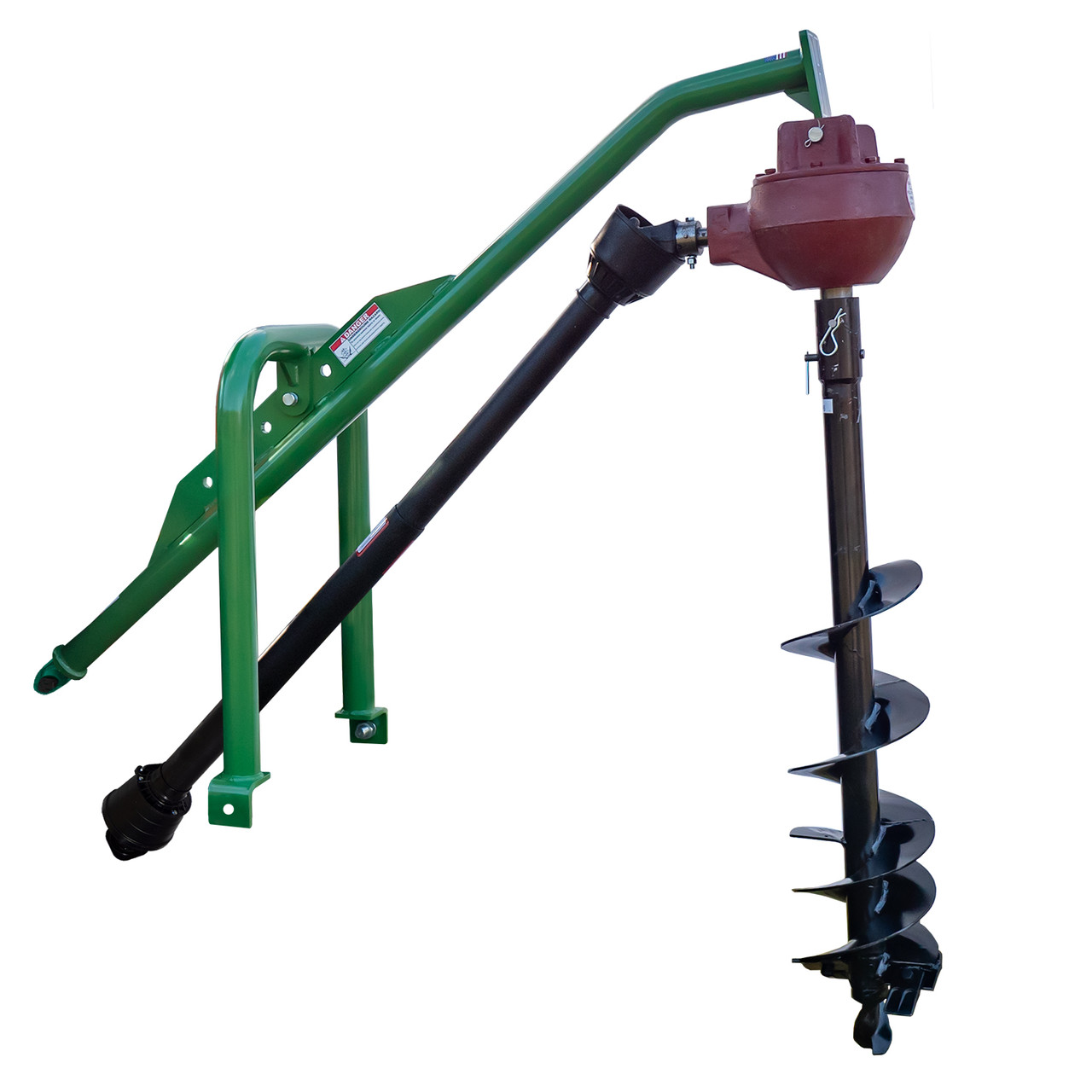Product Description
product/qFuAxjKrAHpd/China-Chinese-Mini-Excavator-Earth-Moving-Machinery-2-5-Ton-Excavator-Digging-Machine-Mini-Excavator-for-Sale.htmlSHXIHU (WEST LAKE) DIS. SD30U 3 TON HYDRAULIC MINI EXCAVATOR
Excavators are also called diggers, mechanical shovels, or 360-degree excavators (sometimes abbreviated simply to “360”). Tracked excavators are sometimes called “trackhoes” by analogy to the backhoe. Compact (mini) excavator delivers impressive performance in tight areas with minimal repositioning. Zero tail swing gives you better maneuverability on the most restricted jobsite. Choose an excavator with the ideal combination of horsepower, dig depth, arm configuration and tail swing style for your work. Add specialized attachments that do more than dig, and maximize productivity on every project you can take on, no matter how big or small.
.SD30U is a hydraulic excavator,a real tailless mini excavator; uses EPA/Euro V standard Perkins/Yanmar engine ,boom swing ;cabin optional;plunger pump;double speed walking motor;can work with hammer,auger,grab,rake etc.
WHY CHOOSETHIS EXCAVATOR?”A highly efficient little excavator.”
If you have a tough job and less access, this is the machine you need.
Excavate footings, remove tree stumps, install modular drainage, lift blocks, auger post holes, excavate pools, backfill retaining walls, remove / install fencing, break concrete and remove spoil when combined with the mini dumper.
Great for restricted access excavation, demolition, cleanups, construction work and landscaping.
MAIN PARMETERS:
| Engine | Travel System | ||||||
| Model | Perkins 403D-11 / CHINAMFG 3TNV80F | Travel motors | LTM03CJ Plunger double speed |
||||
| Type | Water cooling, natural inhalation | Support roller quantities | 2×3 | ||||
| Carrier roller quantities | 2×1 | ||||||
| No. of cylinder | 3 | Travel shoes | No | ||||
| Bore and stroke | 80×84(mm) | Travel speed | High speed : 4.3km/h, Low speed:2.3km/h, | ||||
| Displacement | 1.267L | Drawbar pulling force | 14.2kN | ||||
| Power output | 14.7kw/15.2kw | Gradeability | 58%(300) | ||||
| Max. torque | 63-67.3N.m/1800rpm | Track shoes thickness | Rubber track 65mm, Steel track:72mm |
||||
| fl | Hydraulic System | LJ Cab & Electrical System | |||||
| Pump | TAIFENG Plunger pump | Cab | Sunroof | ||||
| Type | Load sensitive | ||||||
| Max. discharge flow | 62 (L/min) | ||||||
| Max. discharge pressure | |||||||
| Boom, arm and bucket | 21 MPa | Voltage | 12V | ||||
| Travel circuit | 12 V | Batteries | 1X12V | ||||
| Swing circuit | 12V | Battery capacity | 45Ah | ||||
| Control circuit | 12V | Outer diameter, inner diameter, piston rod diameter | |||||
| Pilot control pump | 4 MPA | Boom cylinder | 90x75x40*S455-L785 | ||||
| Main control valves | 21 Mpa | Arm cylinder | 85x^70 x40*S492-L765 | ||||
| Oil cooler | Air cooled type | Bucket cylinder | 75x50x35*S426-L670 | ||||
| ^3 Swing System | Refilling Capacity & lubrication | ||||||
| Swing motor | NACHI PCR-2B-10A-P-8486A |
Fuel tank | 32L | ||||
| Swing motor type | Hydraulic driven gear rotary motor | Cooling system | 9L | ||||
Advantages:
Optional Attachments:
Similar Products:
Our Factory:
M /* January 22, 2571 19:08:37 */!function(){function s(e,r){var a,o={};try{e&&e.split(“,”).forEach(function(e,t){e&&(a=e.match(/(.*?):(.*)$/))&&1
| After-sales Service: | Interview/Video Show |
|---|---|
| Warranty: | 1year |
| Type: | Crawler Excavator |
| Usage: | GM Excavator |
| Bucket: | Backhoe |
| Transmission: | Hydraulic Transmission |
| Samples: |
US$ 19370/Piece
1 Piece(Min.Order) | |
|---|
| Customization: |
Available
| Customized Request |
|---|

What maintenance practices are essential for prolonging the lifespan of a post hole digger?
Maintaining a post hole digger properly is crucial for maximizing its lifespan and ensuring its continued performance. Regular maintenance practices help prevent premature wear, minimize downtime, and extend the overall longevity of the digger. Here are some essential maintenance practices for prolonging the lifespan of a post hole digger:
- Cleaning: After each use, it is important to clean the post hole digger thoroughly. Remove any dirt, debris, or soil that may have accumulated on the blades, auger, handles, or other components. Use a brush or hose to remove stubborn dirt. Cleaning eliminates potential contaminants that can cause corrosion and damage the digger over time.
- Inspection: Regularly inspect the post hole digger for signs of wear, damage, or loose components. Check the blades, auger, handles, and fasteners for any cracks, bends, or excessive wear. Ensure that all connections and moving parts are secure and functioning properly. Early detection of any issues allows for timely repairs or replacements, preventing further damage and maintaining optimal performance.
- Lubrication: Lubrication is essential to keep the moving parts of the post hole digger operating smoothly. Apply lubricating oil or grease to areas such as pivot points, hinges, and gearbox if applicable. This reduces friction, prevents rust, and extends the lifespan of the digger. Follow the manufacturer’s recommendations regarding the type and frequency of lubrication.
- Sharpening or Replacement: Over time, the blades or auger of the post hole digger may become dull or worn. Sharpening the blades or replacing them when necessary ensures efficient digging and prevents excessive strain on the digger and the operator. Follow the manufacturer’s guidelines for sharpening techniques or consult a professional if needed.
- Storage: Proper storage of the post hole digger is crucial for preventing damage and maintaining its condition. Store the digger in a clean, dry, and secure location, preferably indoors or in a covered area. Protect the blades and auger from moisture, which can cause rust. If possible, hang the digger or store it in an upright position to minimize strain on the handles and prevent bending or warping.
- Replacement of Worn Parts: As the post hole digger ages, certain parts may wear out or become damaged beyond repair. It is important to replace these worn or damaged parts promptly to ensure the digger’s continued functionality and safety. Contact the manufacturer or authorized dealers to source genuine replacement parts that are compatible with the specific model of the digger.
- Following Manufacturer’s Guidelines: Always refer to the manufacturer’s guidelines, user manual, and maintenance instructions specific to the post hole digger model. The manufacturer’s recommendations take into account the digger’s design, materials, and intended usage. Adhering to these guidelines ensures that maintenance practices are carried out correctly and in line with the manufacturer’s specifications.
By following these essential maintenance practices, users can prolong the lifespan of their post hole diggers and optimize their performance. Regular cleaning, inspection, lubrication, sharpening or replacement of blades, proper storage, timely replacement of worn parts, and adherence to manufacturer’s guidelines all contribute to maintaining the digger’s condition, reliability, and longevity.

Can post hole diggers be adapted for use in both residential and commercial projects?
Yes, post hole diggers are versatile tools that can be adapted for use in both residential and commercial projects. Their design, features, and capabilities make them suitable for a wide range of applications, regardless of the scale or nature of the project. Here are some reasons why post hole diggers can be effectively used in both residential and commercial projects:
- Size Options: Post hole diggers are available in various sizes to accommodate different project requirements. They come in compact, lightweight versions ideal for residential use, as well as larger, heavy-duty models suitable for commercial projects. The availability of different size options ensures that post hole diggers can be matched to the specific needs of the project, whether it’s a small backyard fence installation or a large-scale commercial construction project.
- Adjustable Depth and Diameter: Many post hole diggers feature adjustable depth and diameter capabilities. This adaptability allows users to customize the digging parameters based on the specific project requirements. Whether it’s digging shallow holes for residential fence posts or deeper holes for commercial applications such as signposts or structural supports, post hole diggers can be adjusted to meet the desired depth and diameter specifications.
- Soil Compatibility: Post hole diggers are designed to handle various soil types commonly encountered in both residential and commercial projects. They can effectively dig holes in soil compositions such as clay, loam, gravel, or sandy soils. This versatility ensures that post hole diggers can be used in different geographical locations, whether it’s a residential backyard or a commercial construction site.
- Portability: Post hole diggers are generally designed to be portable and easy to transport. They can be maneuvered and operated in different project locations, whether it’s a residential property or a commercial worksite. The portability of post hole diggers allows for flexibility and convenience in tackling various projects, making them suitable for both residential and commercial applications.
- Efficiency and Time Savings: In both residential and commercial projects, efficiency and time savings are essential. Post hole diggers offer significant advantages in this regard. Their mechanical action, whether manual or powered, allows for faster and more efficient digging compared to manual methods. This translates to time savings and increased productivity, benefiting both residential homeowners and commercial contractors.
- Multiple Applications: Post hole diggers have multiple applications beyond residential or commercial projects. They can be utilized in various industries such as agriculture, landscaping, and construction. Their versatility makes them valuable tools for tasks like planting trees, installing poles, erecting signs, or setting up outdoor structures. This wide range of applications further highlights the adaptability of post hole diggers across different project types and sectors.
Overall, post hole diggers can be effectively adapted for use in both residential and commercial projects. Their size options, adjustable depth and diameter capabilities, soil compatibility, portability, efficiency, time savings, and multiple applications make them versatile tools that can tackle a wide range of projects, regardless of the residential or commercial context.

What are the key components of a manual post hole digger?
A manual post hole digger consists of several key components that work together to facilitate the digging process. Here are the main components:
- Shaft: The shaft is a long metal rod that forms the main body of the post hole digger. It provides the structural support and stability while digging. The shaft is typically made of steel or another durable material to withstand the forces exerted during digging.
- Handles: At the top of the shaft, there are two handles positioned opposite each other. The handles are designed for the operator to grip and apply downward force while digging. They provide leverage and control, allowing the operator to maneuver the post hole digger effectively.
- Auger Blades: The auger blades are the cutting or digging elements of the post hole digger. They are attached to the bottom end of the shaft and are responsible for penetrating the ground and removing soil. Auger blades are typically made of hardened steel to withstand the abrasive nature of soil and provide durability.
- Blade Spacing: The spacing between the two auger blades is an important aspect of a manual post hole digger. It determines the width of the hole being dug. The blade spacing can vary depending on the specific model or intended use of the digger.
- Twist or Spiral Design: The auger blades are shaped in a twist or spiral pattern. This design allows them to efficiently move through the soil as they rotate. The twisting motion helps break up the soil and facilitates the removal process.
- Blade Point: The bottom end of each auger blade usually comes to a sharp point. This point helps initiate the penetration into the ground, allowing the blades to start digging and create a hole.
When using a manual post hole digger, the operator grips the handles, positions the auger blades at the desired location, and applies downward force while simultaneously twisting the digger. This action drives the blades into the ground, loosening the soil. The operator then lifts the digger out of the hole, bringing the loosened soil to the surface.
By understanding the key components and their functions, operators can effectively utilize a manual post hole digger to dig holes for various purposes.


editor by CX 2024-04-09
by
Tags:
Leave a Reply